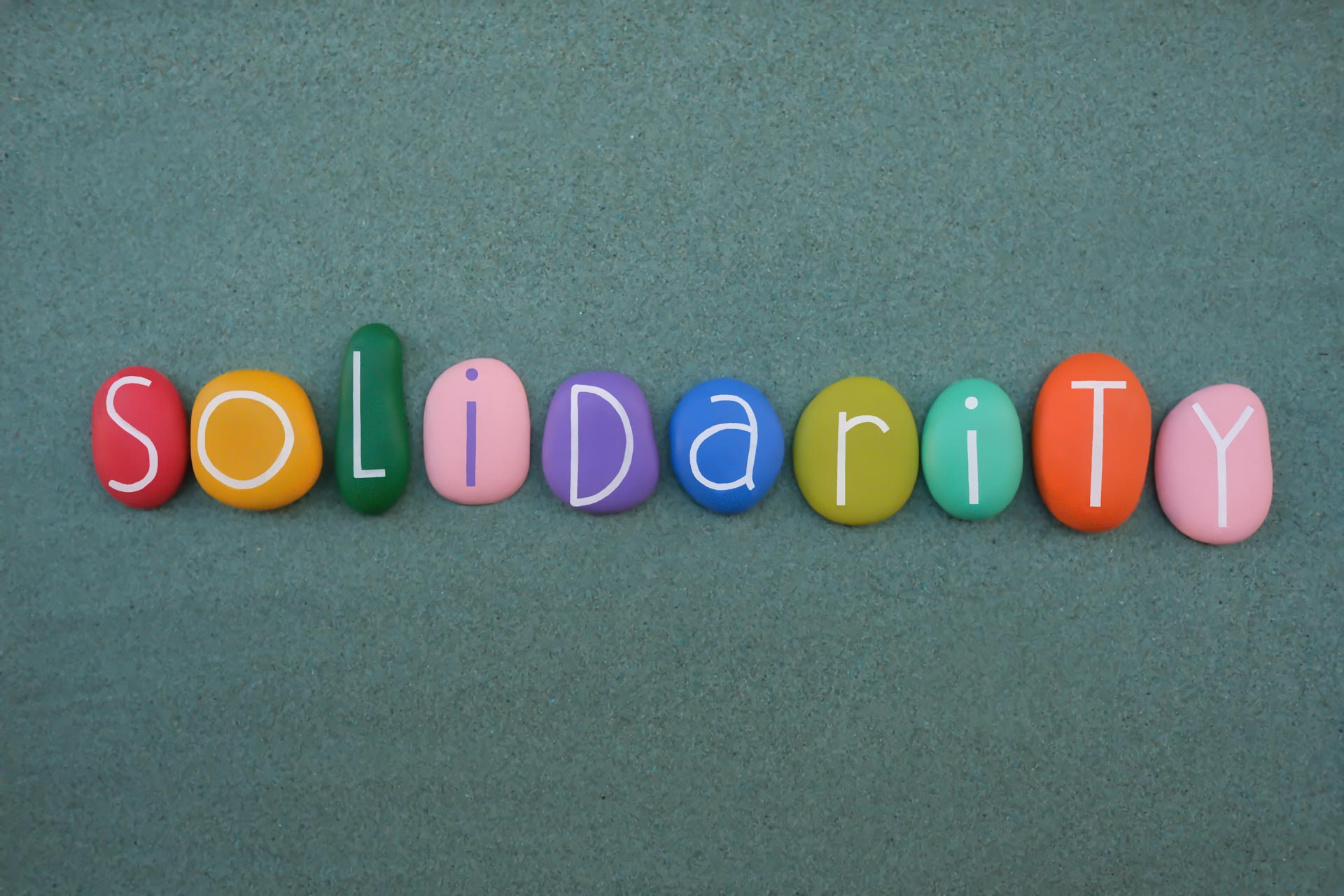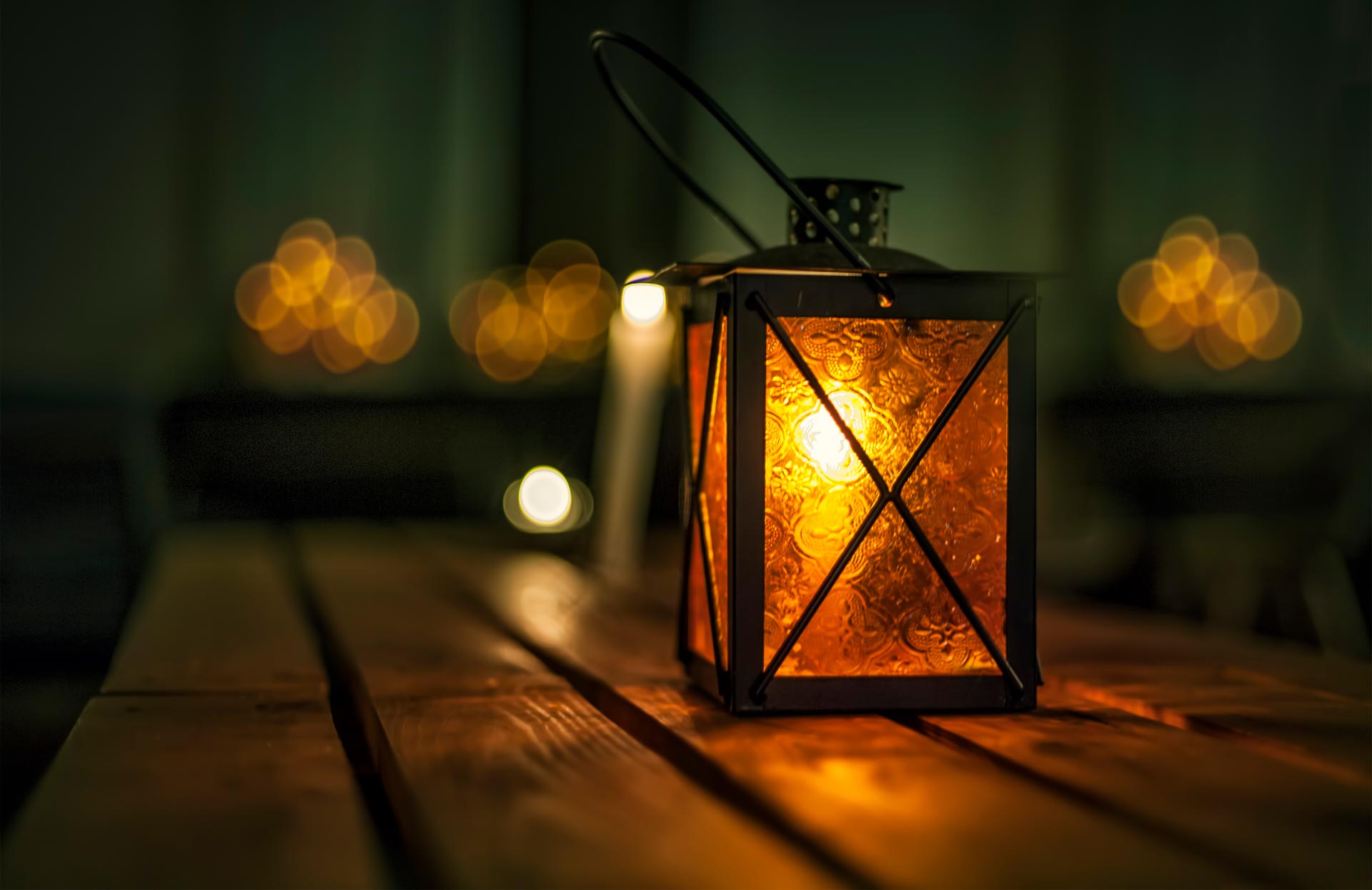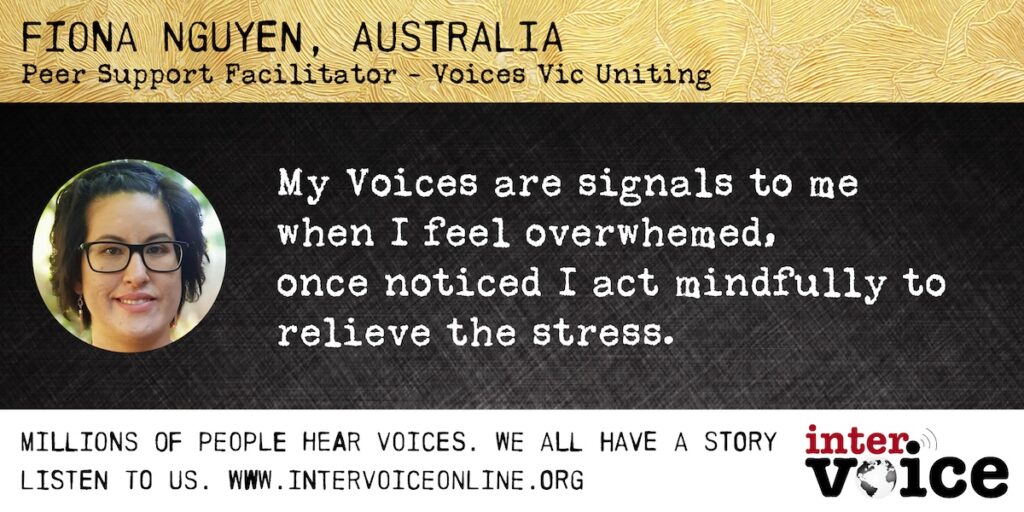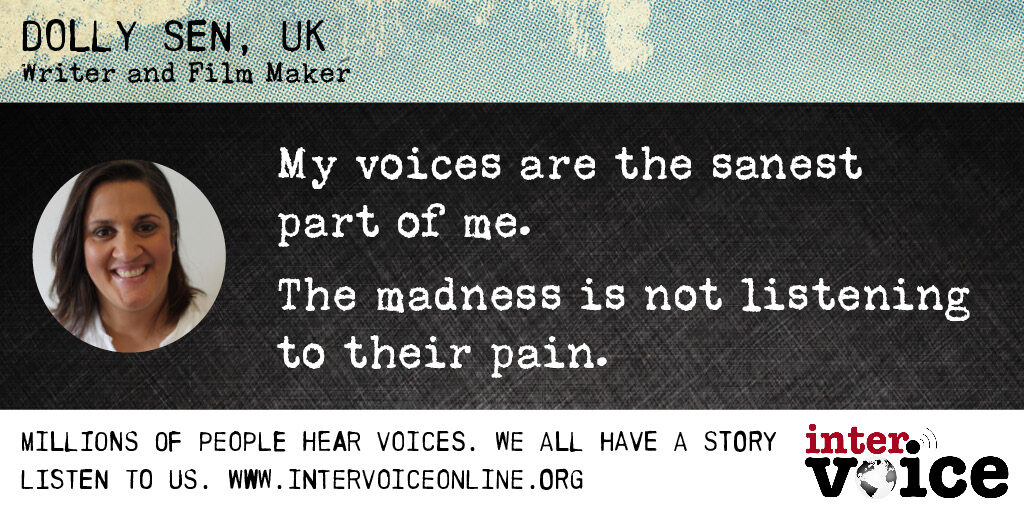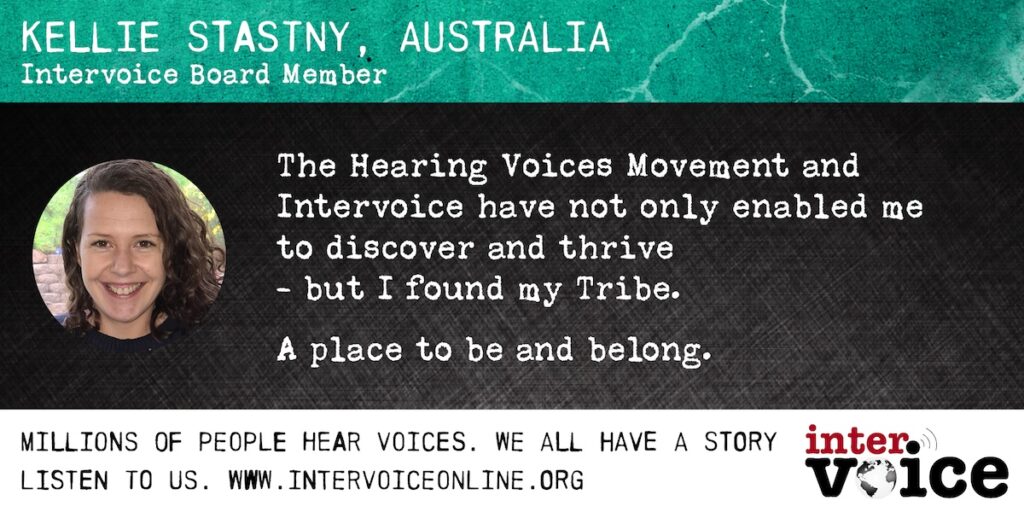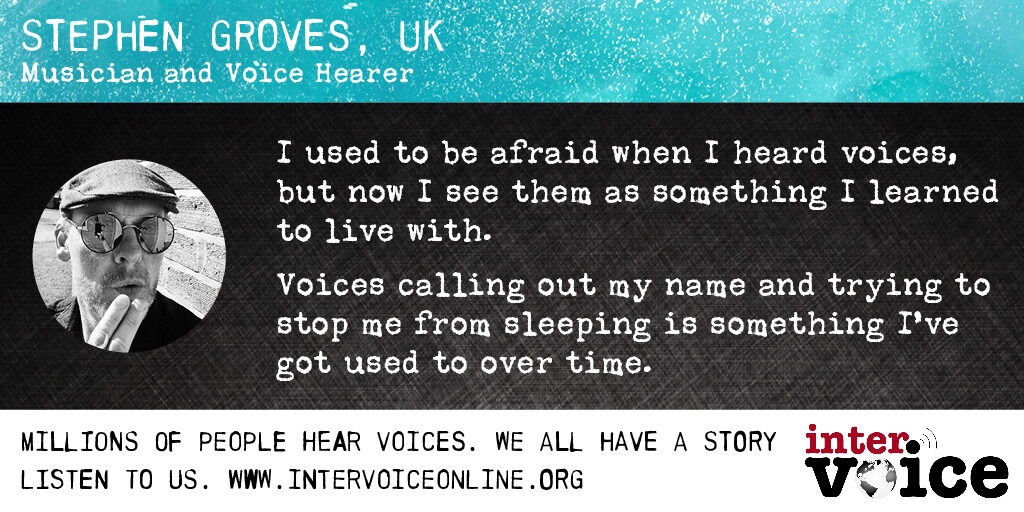Introduction
This section provides information about the the relationship between hearing voices and bereavement & grief as well as examining the importance belief can play in peoples interpretation and acceptance of the experience. Out thanks goes to INTERVOICE member, Adrienne for reseaching and compiling this information.
Hearing voices, bereavement and grief
To hear the voice of, and/or see the person who has recently died is commonly experienced and research has confirmed this (see research section below), counselling and healthcare sites make reference to the phenomenon, as can be seen from these extracts:
1. Extract from fact sheet on Grief from Magellan Health Services site
“Some people … have the sensation of seeing or hearing the dead person. This reaction is a normal defensive mechanism employed to keep people around longer.
People may begin to worry about their own mental health when they “hallucinate” or cannot concentrate because they continue to think of the loss. It helps to know that others go through similar fears and panic before they leave this phase of the grieving process. ”
2. Extract from Cambridge University Counselling Service fact sheet on “Bereavement”
“Preoccupation. You might be so preoccupied with thoughts of the dead person that you imagine seeing or hearing her/him. (You are not going mad – this is quite common!)
Bereavement, voices, visions and beliefs
The connection between peoples belief´s and the feeling of a continuing connection with the person who has died is also commonly reported and is seen by some religions, cultures and individuals as evidence of life after death.
The excerpts below, come from the site of a psychic investigator, who seeks evidence that there is life after death, his site is called the Grief And Belief Connection
Here are some excerpts
“First, my friend, Kelly, lost her husband, Rick, at the age of 35 when a truck hit his car. He had pulled over on the highway to answer his cell phone, ironically for safety’s sake. He left Kelly and two children under the age of five. After the funeral and burial, I saw Kelly at the restaurant. She came at me like a wave, embracing me like she had been eager to speak with me all day.
“Bob, you have no idea,” Kelly began with a peaceful glimmer, “I am so grateful for the reading I had with that psychic medium a month ago. It has helped me get through this, knowing that Rick is still here, that he is all right. I talk to him and he has given me strength to get through this,” she acknowledged.”
” A few months later my other sister-in-law, Jen, lost her grandmother. Nana was possibly her closest friend and mentor. At the funeral, Jen shared with me that she still talks with Nana all the time—because of what she learned through my work. She knows Nana is still with her. Jen told me she is glad Nana had the opportunity to read my book and attend an event I gave with five psychic mediums. Jen believes these things helped Nana with her passing.”
The After Death Communication site also has some interesting articles on the topic of hearing and seeing a deceased loved one, as follows:
InfoBeat, May 1, 2001
NEW YORK (AP) – Paul McCartney, who lost his wife Linda to breast cancer in 1998, says he’s comforted by thoughts that her spirit lives on. “After Linda died, I think all of us in the family would hear noises or see things and think ‘That’s Linda; that’s mom…’ And I think in some ways, it’s very comforting to think she’s still here,” McCartney told ABC’s “Good Morning America” Monday.
McCartney said he has been compelled to write poetry since her death, including a poem called “Her Spirit,” in which Linda’s spirit visits him in the woods, in the form of a white squirrel. “You don’t know if it’s true. But it’s a great thought. And it’s an uplifting thought. So I allow myself to go there,” McCartney said.
and here is one from the Vatican, by John Hooper, London Observer Service
ROME – One of the most authoritative spokesmen of the Roman Catholic Church has raised eyebrows among the faithful by declaring that the Church believes in the feasibility of communication with the dead.
The Rev. Gino Concetti, chief theological commentator for the Vatican newspaper, L’Osservatore Romano, denied he was signaling any change in approach. But he agreed that his remarks might come as a jolt to many believers.
He said the Church remained opposed to the raising of spirits, but added: “Communication is possible between those who live on this earth and those who live in a state of eternal repose, in heaven or purgatory. It may even be that God lets our loved ones send us messages to guide us at certain moments in our life.”
His comments were first made in support of an American theologian, the Rev. John Neuhaus. Neuhaus had described how a friend had seen a ghost. He said there were various explanations, but “the important thing is not to deny such things a priority.”
Concetti said the key to the Church’s attitude was the Roman Catholic belief in a “Communion of Saints,” which included Christians on earth as well as those in the after-life. “Where there is communion, there is communication,” he said.
Concetti suggested dead relatives could be responsible for prompting impulses and triggering inspiration – and even for “sensory manifestations,” such as appearances in dreams.
Concetti said the new Catholic catechism specifically endorsed the view that the dead could intercede on earth and quotes the dying St. Dominic telling his brothers: “Do not weep, for I shall be more useful to you after my death and I shall help you then more effectively than during my life.”
even Dr Phil has something to say on it
“The truth is that over 60% of the population reports that they have felt some connection, some communication, with someone that has passed on. And as results-based and empirical as I am, I have to say I’m among that 60%, but it certainly wasn’t through a psychic.”
Research
The hallucinations of widowhood by Dewi Rees W.: British Medical Journal,. 1971 Oct 2; 4 (5778): 37-41
Rees (1971) conducted a study of 293 widowed people living in a particular area of mid-Wales. He found that 14% of those interviewed reported having had a visual hallucination of their deceased spouse, 13.3% an auditory one and 2.7% a tactile one. These categories overlapped to some extent as some people reported a hallucinatory experience in more than one modality. Of interest in light of the previous heading was the fact that 46.7% of the sample reported experiencing the presence of the deceased spouse.
The hallucinations of widowhood by Olson PR, Suddeth JA, Peterson PJ, Egelhoff C.: J Am Geriatr Soc. 1985 Aug;33(8):543-7
Widowed residents of two nursing homes who were oriented to person, time, and place were interviewed to determine the extent to which they had hallucinatory experiences of their deceased spouse. Fifty-two interviews were completed with 46 widows and six widowers. Results are reported for the widows. Twenty-eight (61%) of the widows reported hallucinatory experiences of their deceased spouse. Twenty-four (86%) of the widows described the experiences as good or helpful. Thirteen (46%) reported that the experiences continue to happen. Nineteen (54%) of the widows had never discussed the experiences with anyone before this study. These results are surprisingly similar to previously published findings by Rees in Wales and suggest that these experiences are more common in the United States than has been recognized.


